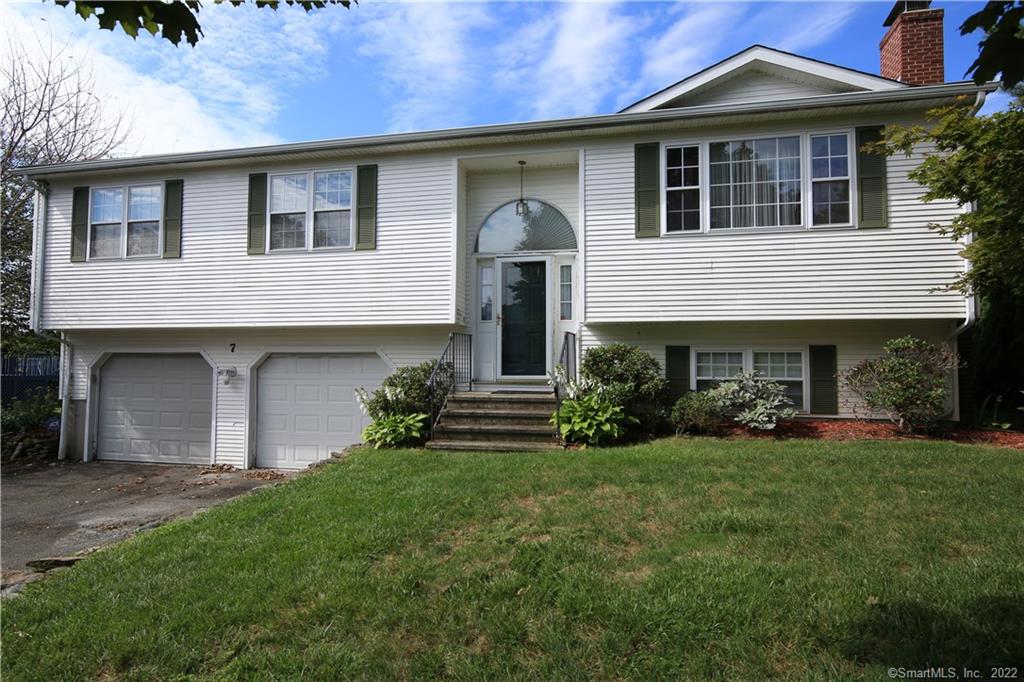Julie Avellino is a Realtor with Coldwell Banker in Trumbull. She is a guest columnist for The Monroe Sun’s Home section.
Why did my house shrink?

When I meet with prospective sellers and review their property field card they are often surprised to hear the square footage of their home is smaller than they remember it to be. This is because a few years back the MLS (the database that stores all the listing and sale information between cooperating brokers) began enforcing rules on the way square footage of properties is entered.
For example, it was not uncommon 10 years ago for a split-level home with 1,200 square feet above grade and 600 square feet below grade heated space to be entered into the MLS as an 1,800 square foot home. However, this was misleading and confusing to the consumer, so the MLS created clearer fields which now specify above and below grade living areas.
Why does this change matter?
By clarifying the type of living areas (above and below grade) properties can be more accurately compared during the appraisal process.
For clarification on this square footage issue, I met with local residential appraiser Pat LaBella at Terra Cafe to get his insight, asking him the following question:
How and why is finished below grade living area valued differently than finished above grade living area?
LaBella: “Well, to be considered gross living area the area must be 100 percent above grade. If any portion is at all below grade, then it’s considered basement by appraisal standards.
For example, a raised ranch and a split level are categorized as one-story dwellings. A raised ranch and split level are expected to have some finished living area in the lower level, while a ranch may have none. The value of the below grade feature will depend on the style of the home, the amount of the area that is below grade, and the usefulness of the feature.
For example a permitted full bath on the finished lower level may carry anywhere from 40-70 percent of the value the upstairs full bath carries, depending on the type of home it’s in.
The most important thing to remember is that we have to use similar comps — we always need to avoid apple to orange comparisons. A raised ranch would never be used as a comparable to a colonial as one is a one-story dwelling and the other is a two-story dwelling.”
So, the answer to the question, “did my house shrink?”, is not really. By putting the type of square footage more clearly into the MLS database homes will be compared to more similar properties when they are appraised.
The issue a homeowner may come across is if the appraisal that was done when they bought the home was in fact an apples to oranges appraisal. Split level and raised ranch homeowners have felt this measurement change the most.
For example the owner of a raised ranch with 1,300 above grade square feet and 500 heated below grade square feet may believe he bought an 1,800 square foot home (and years ago it may even have been incorrectly appraised against a property with all 1,800 square feet above grade). That homeowner may believe their home is comparable to the 1,800 square foot colonial next door or the raised ranch down the street with 1,800 above grade square feet, however that is not the case.
Accurate comparables should be the same in all ways whenever possible. So comparing a colonial to a raised ranch would not be acceptable. Comparing above grade and below grade total square footage also would not be acceptable.
An appraiser would compare the raised ranch in this scenario with either another 1,300 square foot above grade raised ranch, split level or ranches of the same size and then add partial value to the remaining 500 square foot living area that is below grade. I get it, it sounds complicated.
What you can do
After speaking with LaBella, I considered what a homeowner can do when preparing to sell to prevent unexpected low appraisal values.
Long before the appraisal is even done a home seller will meet with real estate agents to determine a supportable sale price. This is the first step in preventing appraisal issues down the road. It’s important to separate emotion from dollars early on to ensure the property has strong and accurate closed comparables in the range of the list price.
Taking time early to price a home correctly will reduce time on the market, entice buyers, lower carrying costs and greatly reduce the risk of the home coming back on the market due to a failed deal.
Buyer agents should also be taking care in representing their clients by researching and understanding what a property is likely to appraise for and guiding buyers along the different scenarios that may come up when bidding on a home. It’s important for all parties to remember that the lender will base the amount they will loan the buyer on the appraisal value not the contract value.
Overall, home sellers and buyers should recognize the appraisal process is a heavily regulated part of the transaction, but that it is also an educated opinion. There is little that can be done to contest a “bad” appraisal.
If an appraisal comes up short the buyer should ask to review the report and work with their agent and lender to understand the process of appealing if appropriate. Many appraisers often stand by their work, so the buyer is left with only a few options:
- They can find out if the lender will allow them to order and pay for a second appraisal,
- Find a new lender and begin their loan process again (this would need the seller’s approval and likely extend the timelines of the deal),
- The seller and buyer can mutually agree on a new purchase price,
- The buyer can put more money down to cover the gap,
- Or the deal can die and the home can go back on the market.
Often how a deal moves forward after an appraisal comes in short depends on the temperament of the parties and the financial ability and willingness of the buyer to bring more money to the table.
For related articles, visit The Sun’s Home section.










Great Article Julie! Great Job keeping everyone informed!